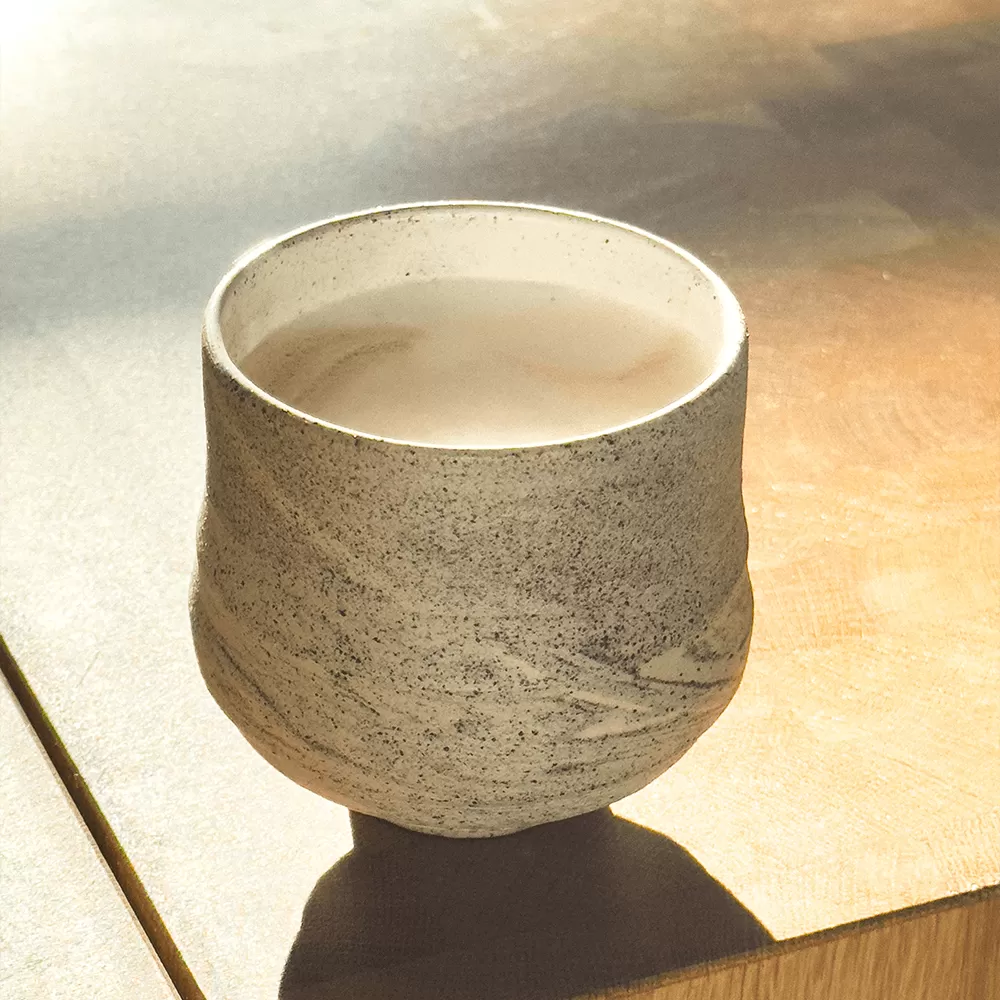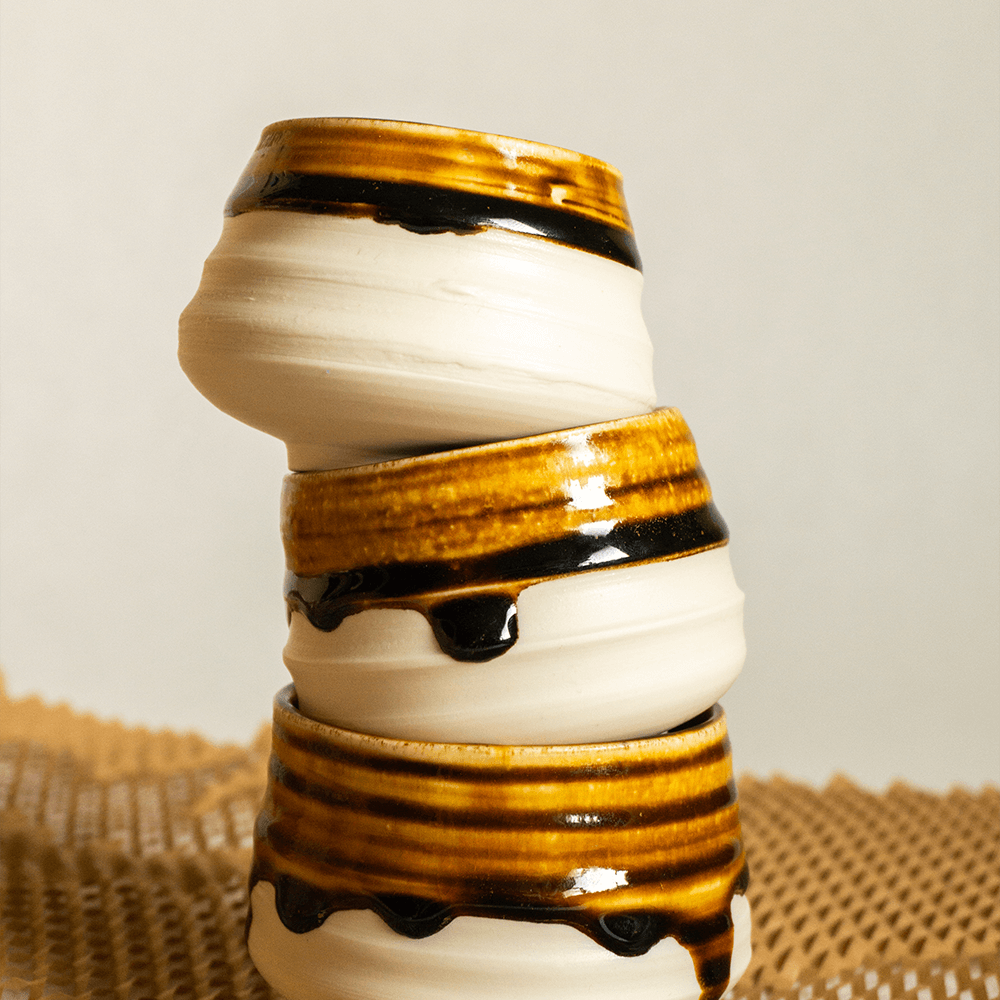Have you ever wondered if ceramics and pottery are the same thing? While the two terms are often used interchangeably, they actually represent distinct concepts. Both involve working with clay and creating functional or artistic pieces, but their differences lie in the materials, processes, and purposes. Whether you’re a beginner or an enthusiast of clay art, understanding these distinctions can deepen your appreciation for both fields.
What Defines Ceramics?
Ceramics encompass a broader category of objects made from clay and hardened by heat. The term applies to a wide range of materials and finished products, from luxurious porcelain dinnerware to industrial tiles. Ceramics are known for their hardness, durability, and versatility, making them a staple in both homes and industries.
Understanding Ceramic Materials
The primary materials for ceramics include porcelain, stoneware, and earthenware clay. For instance, porcelain is prized for its smooth texture and refined finish. Stoneware, on the other hand, is more robust and has a rustic aesthetic. Earthenware, often used in casual cookware, tends to be more porous unless glazed. Examples of ceramic products include finely crafted pattern cups and decorative tiles.
Porcelain dinnerware or ceramic vases you see in stores are the result of carefully chosen clay blends and meticulous firing processes. This level of precision highlights why ceramics align with both practical and artistic goals.
The Crafting Process of Ceramics
The process of creating ceramics involves shaping clay, drying it, and firing it in a kiln at high temperatures. Techniques like slip casting, where liquid clay is poured into molds, and glazing are common. For example, the PTTRN Cup v2 is crafted through slip casting with porcelain clay to achieve its refined texture and durability.
Additionally, ceramic pieces often undergo multiple firings to enhance their strength and achieve the desired finish. These steps make ceramics both functional and decorative.

Pottery: An Age-Old Tradition
Pottery is not just a craft; it’s a heritage carried through centuries. Simply put, pottery involves creating objects from clay that are fired to make them durable. Historically, pottery served practical purposes, with pots and bowls being essential tools. Today, it merges tradition with modern design, offering everything from rustic vessels to sleek, minimalist designs.
Material Choices in Pottery
Pottery traditionally uses natural clay, which can vary in texture and pliability. This raw clay is shaped by hand, on a potter’s wheel, or using basic tools. Modern potters, however, sometimes mix clays or use additives to control properties like shrinkage during firing.
The materials chosen give handmade pottery its unpolished, organic look. For instance, pieces made with speckled stoneware clay showcase a naturally unique texture that industrial ceramics can’t replicate.
Unique Appeal of Handcrafted Pottery
What makes pottery stand out is its human touch. Each piece tells a story of the maker’s hands shaping the clay. In a mass-produced world, handmade pottery brings people closer to the heart of a craft. The slight imperfections in a hand-thrown cup or a uniquely shaped bowl evoke a sense of authenticity and warmth unmatched by machine-made alternatives.

Key Differences Between Ceramics and Pottery
Though they share roots in clay, ceramics and pottery differ in material quality, crafting techniques, and upshot. At their core, pottery refers more to handmade clay goods like bowls or jugs, while ceramics covers a broader range, including artistic and engineered products.
Functional and Artistic Perspectives
Ceramics often cater to precision and finesse, such as delicate porcelain pieces. Pottery places higher value on tradition and handcrafting. A ceramic sculpture might grace an art gallery, while a potter’s bowl could add charm to your dining table. See how a ceramics collection blends design with practicality to admire these contrasts.
Durability and Purpose
Ceramics undergo high-temperature firings, making them suitable for industrial or household use. Pottery, especially earthenware, is fired at relatively lower temperatures and requires glazing to become waterproof. While both are durable in their own ways, ceramics often outlast pottery due to its highly fired, refined compositions.
Conclusion
Moving past their similarities, ceramics and pottery bring unique benefits to your home and lifestyle. While ceramics often showcase precision and versatility, pottery connects us to craft traditions. Whether you’re seeking practical dinnerware or distinctive décor, both have their place.
If you’re curious to explore more about high-quality ceramic creations, check out JL Ceramics’ product portfolio for inspiration. Happy creating!

